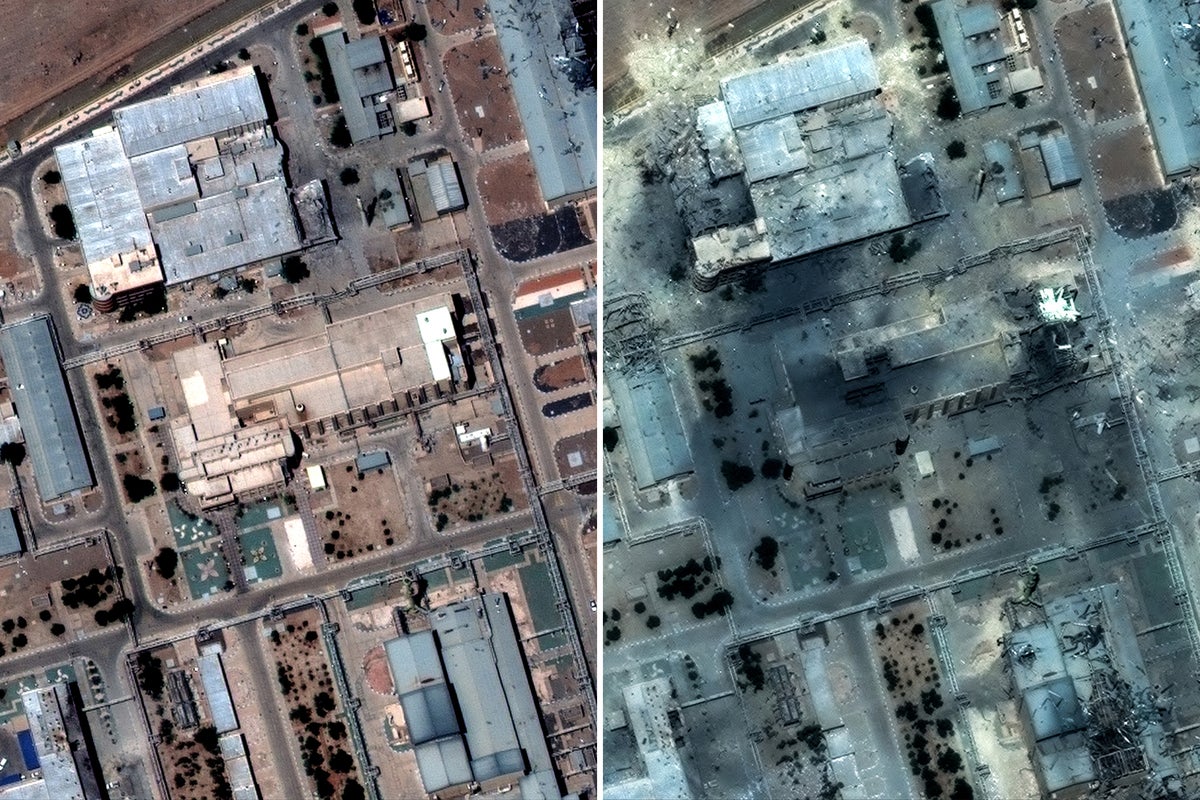Satellite pictures taken after the US military attempted to destroy Iran’s nuclear facilities show significant damage to Tehran’s nuclear sites – but not necessarily to the extent claimed by Donald Trump.
The images indicated damage on the ground – including new craters, holes on mountain ridges and collapsed tunnels – but did not provide definitive proof the heavily fortified underground facilities were breached.
The US president had boasted that the nuclear facilities were “completely and totally obliterated” in the attack. “The biggest damage took place far below ground level,” he claimed. “Bullseye!!!”
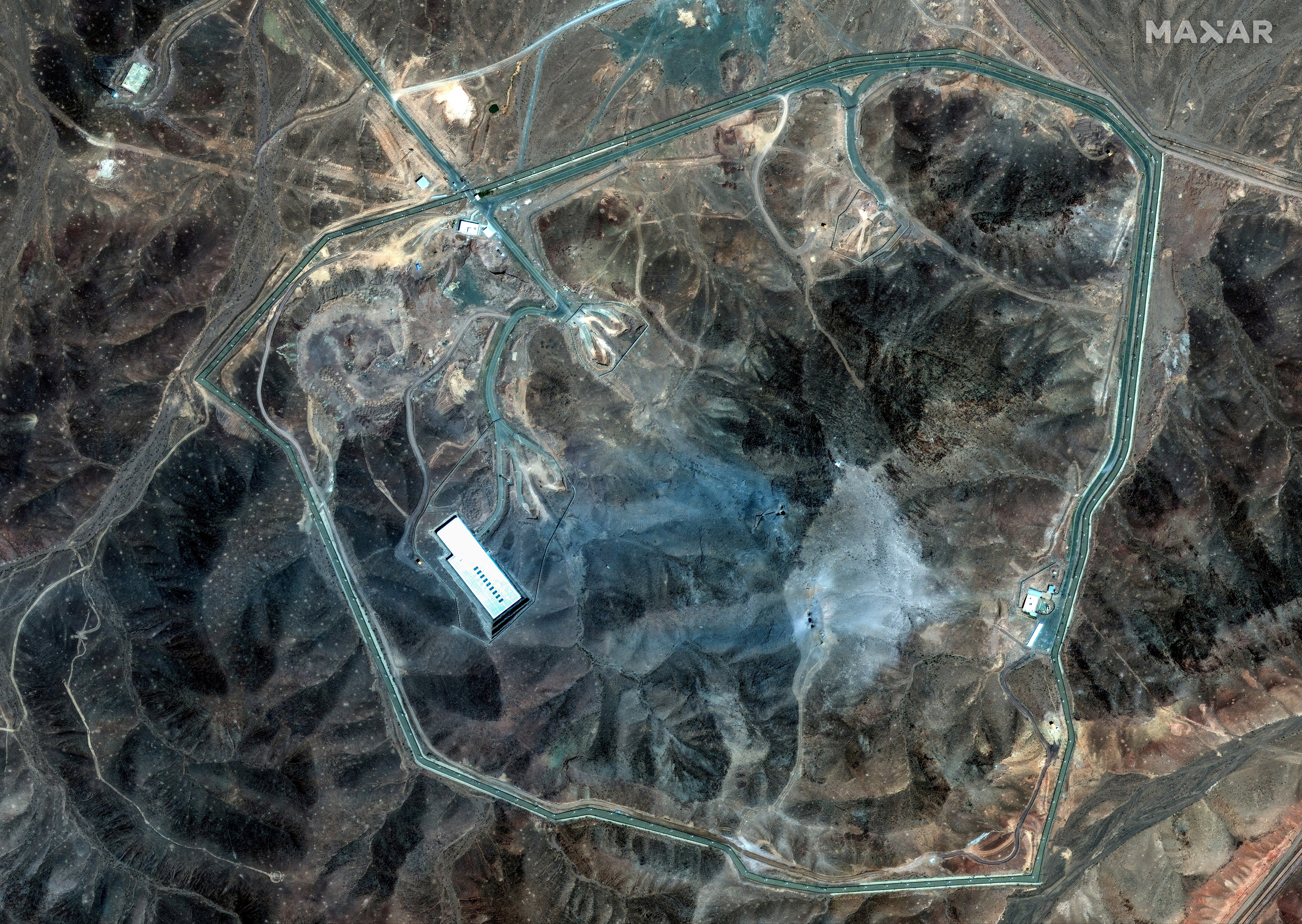
The American military launched “Operation Midnight Hammer” in the early hours of Sunday to strike the nuclear facilities at Fordow, Natanz and Isfahan.
The attack reportedly involved dozens of aircraft and submarines firing “bunker buster” bombs and cruise missiles at the three targets.
Satellite pictures published by Maxar Technologies showed several craters and new holes on top of the ridge at the Fordow underground complex as well as tunnel entrances blocked by dirt. A large support building remained undamaged, according to the images.
The head of the International Atomic Energy Agency, Rafael Mariano Grossi, said no one “is in a position to assess the underground damage at Fordow”.
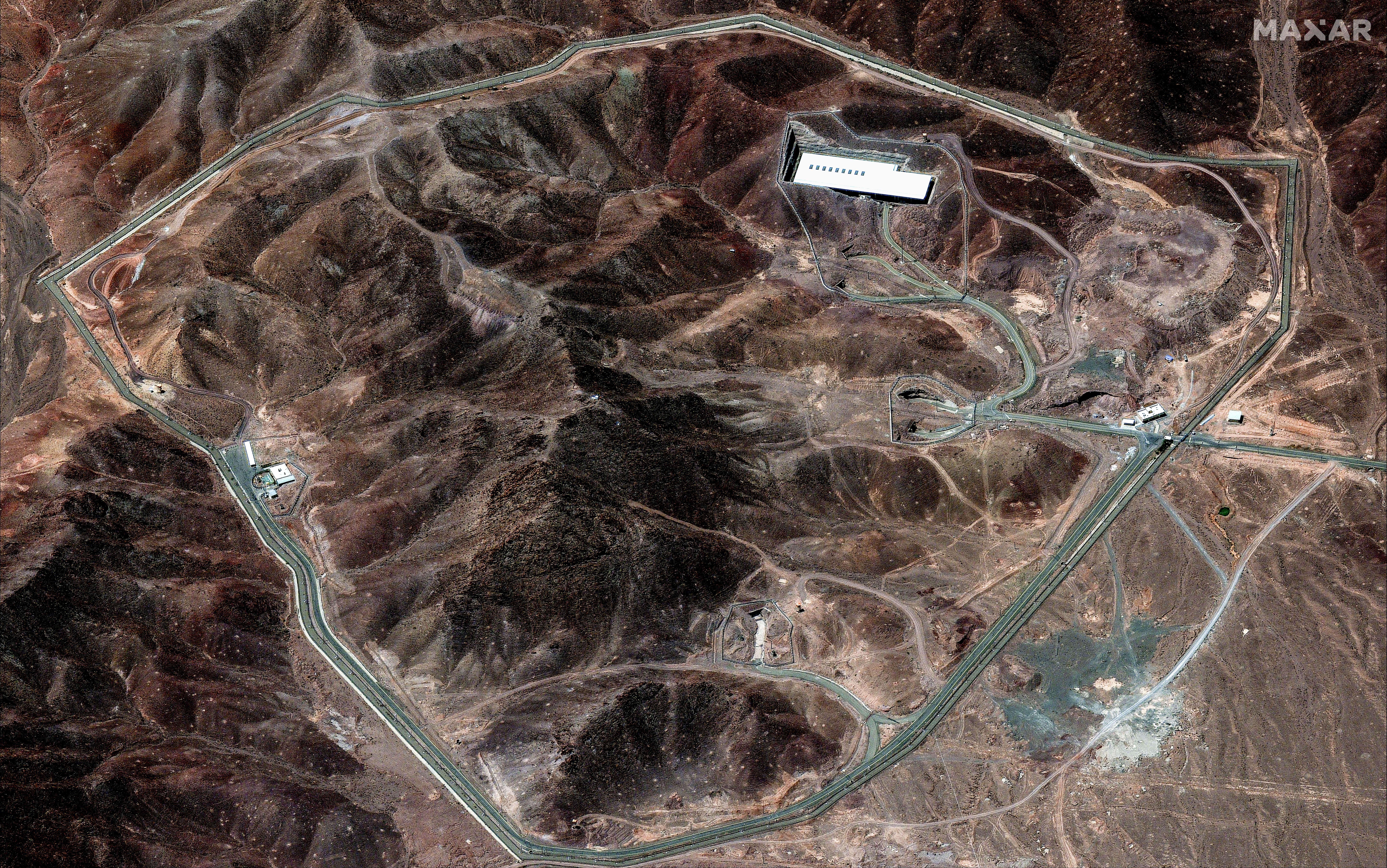
He added: “As for the assessment of the degree of damage underground, on this we cannot pronounce ourselves. It could be important; it could be significant, but no one … neither us nor anybody else could be able to tell you how much it has been damaged.”
The agency said there was no nuclear radiation release from the facility.
General Dan Caine, chairman of the US joint chiefs of staff, claimed the battle damage assessment was still pending. “It would be way too early for me to comment on what may or may not still be there,” he said.
Fordow is Iran’s second nuclear enrichment facility after the main complex at Natanz. It is buried deep underground and heavily fortified and estimated to contain 2,700 centrifuges for uranium enrichment.
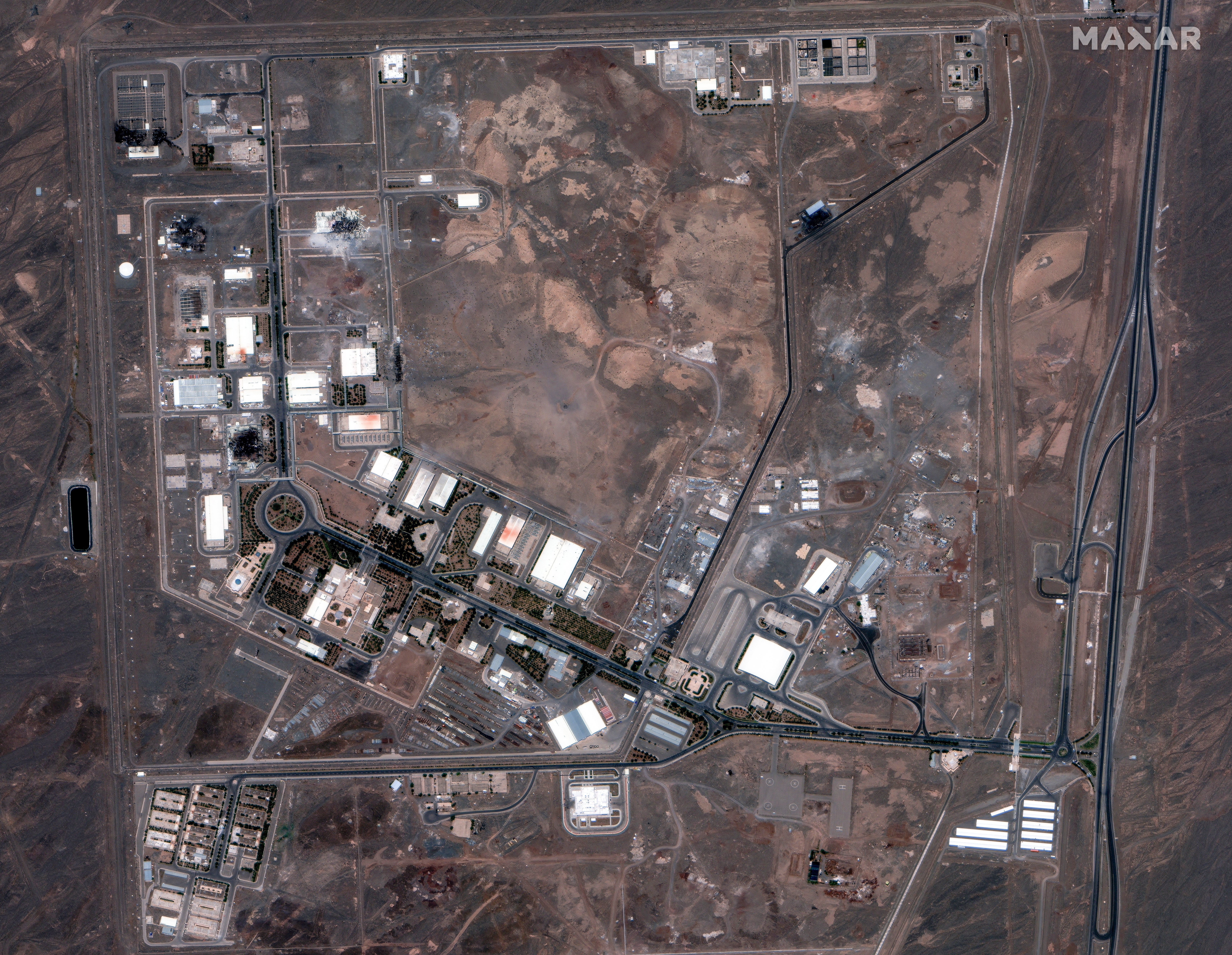
A satellite picture of Natanz showed a new crater of about 5.5m in diameter. While the crater was clearly visible in the dirt, Maxar said in a statement, the imagery did not provide conclusive evidence the US strike had penetrated the underground structure about 40m below the surface and protected by a layer of concrete and steel 8m thick.
The attack on the Isfahan Nuclear Technology and Research Centre appeared to have struck some structures related to converting uranium and “entrances to tunnels used for the storage of enriched material”, the UN nuclear watchdog said.
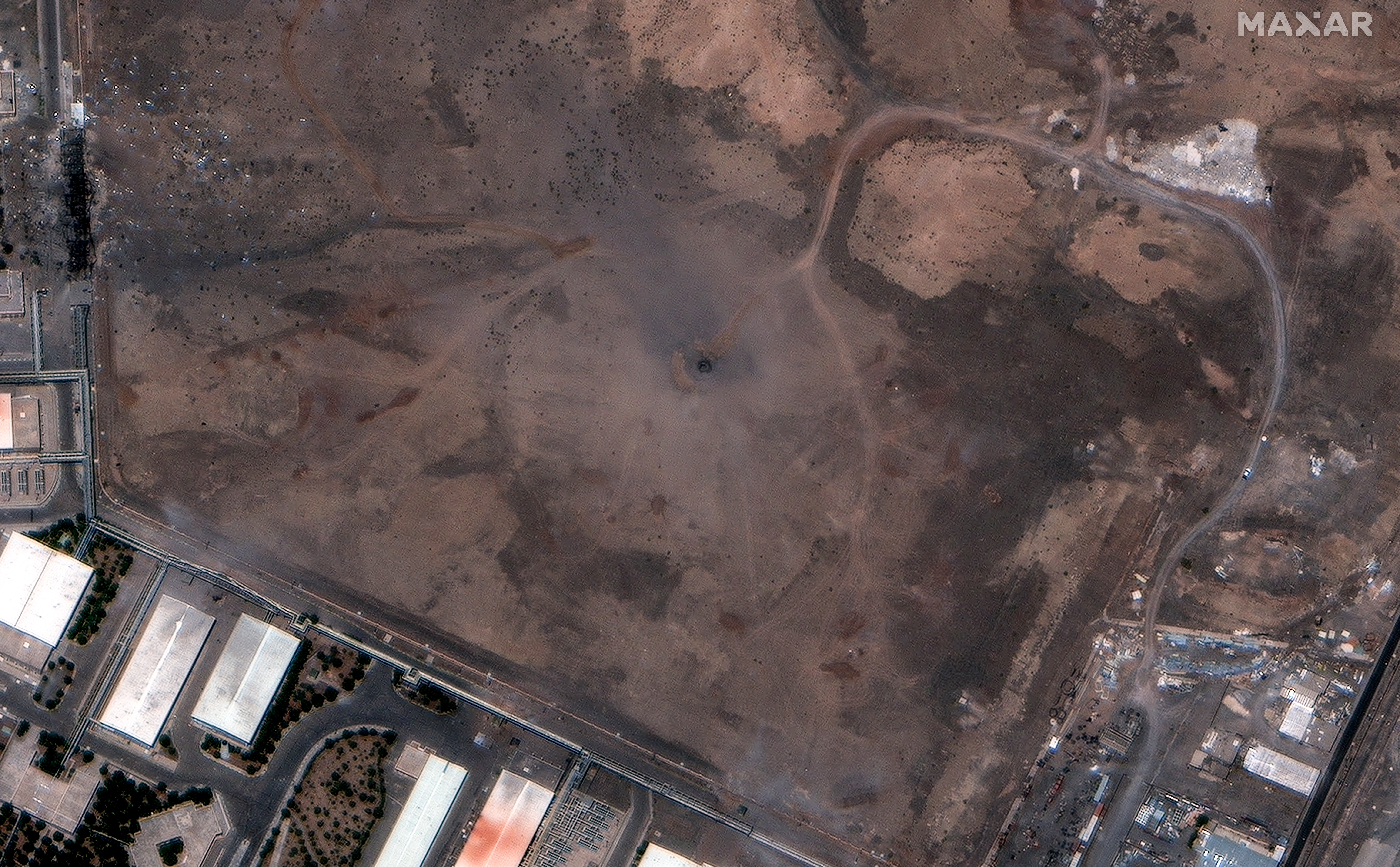
The facility had previously been bombed by Israel.
Iran is believed to have filled the tunnels at its nuclear sites ahead of the US strikes, which would blunt the effect of the American operation on Sunday.
An analysis of satellite images by the Institute for Science and International Security indicated that tunnels at the Isfahan site were likely filled ahead of the attack.
Images taken by Airbus and assessed by the Washington nonprofit showed trucks dumping soil into tunnels at the site on Friday.
“At least three of the four tunnel entrances are collapsed,” it said. “The status of the fourth one is unclear.”
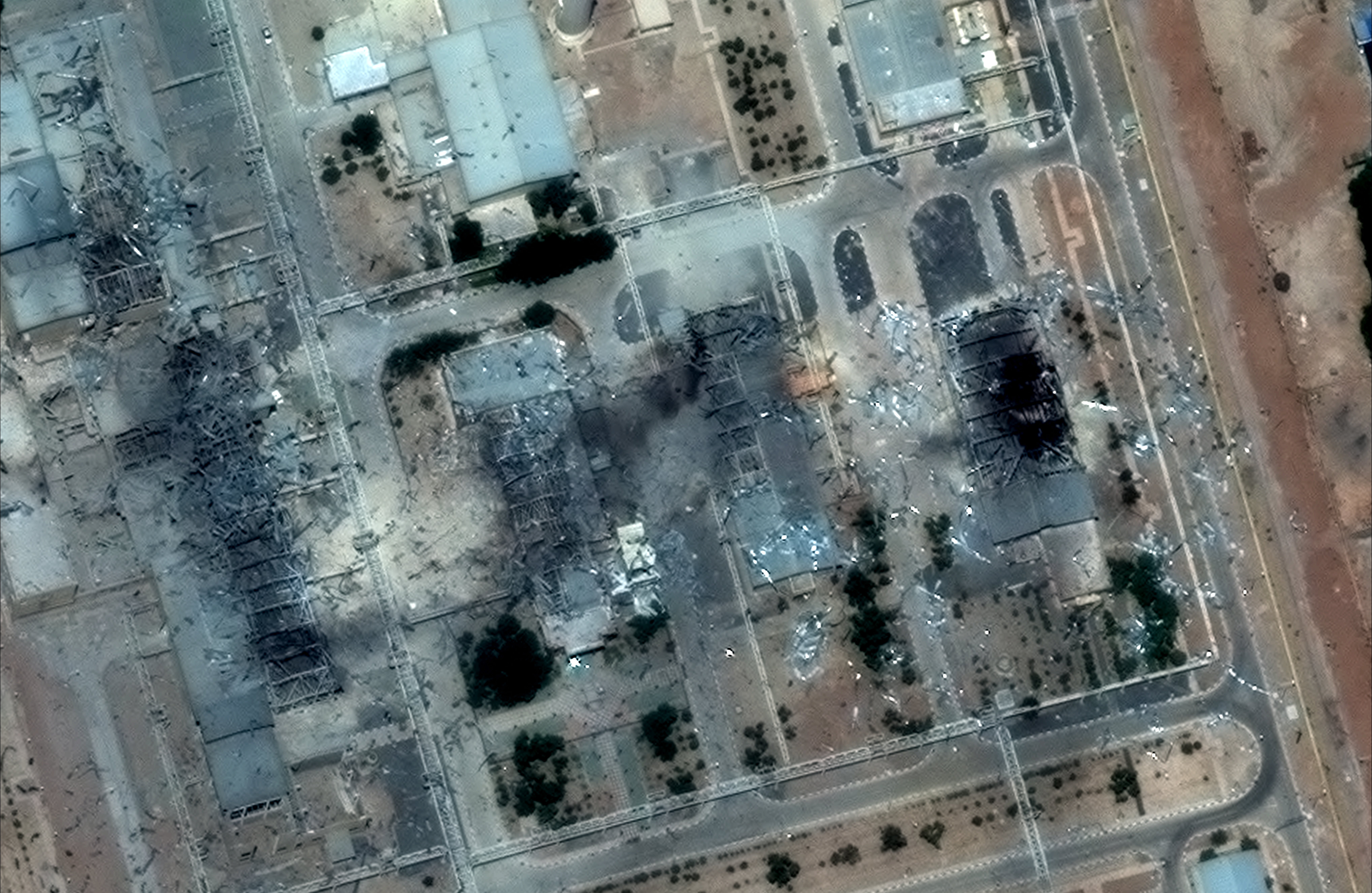
Several experts also cautioned that Iran likely moved a stockpile of near weapons-grade highly enriched uranium out of Fordow before the strike. This may be hidden in positions unknown to Israel, the US and UN nuclear inspectors.
A senior Iranian source told Reuters most of the near weapons-grade 60% highly enriched uranium had been moved to an undisclosed location prior to the attack.
Jeffrey Lewis, of the Middlebury Institute of International Studies at Monterey, said: “I don’t think you can with great confidence do anything but set back their nuclear program by maybe a few years.
“There’s almost certainly facilities that we don’t know about.”


